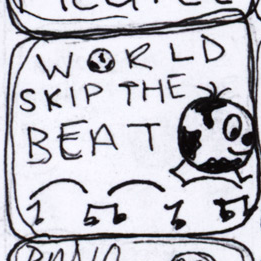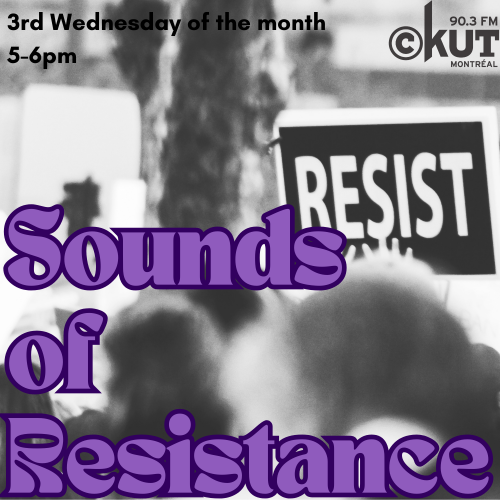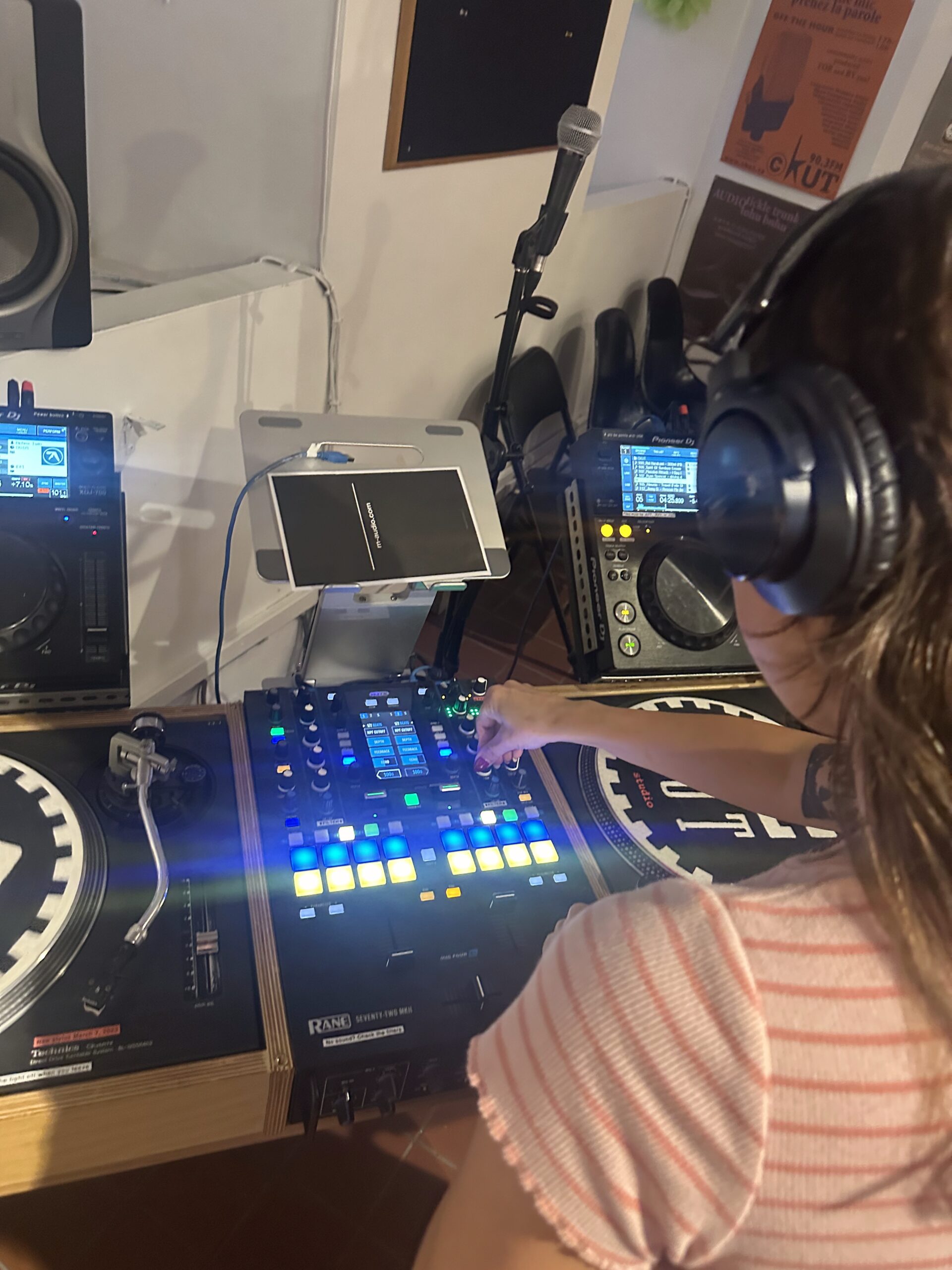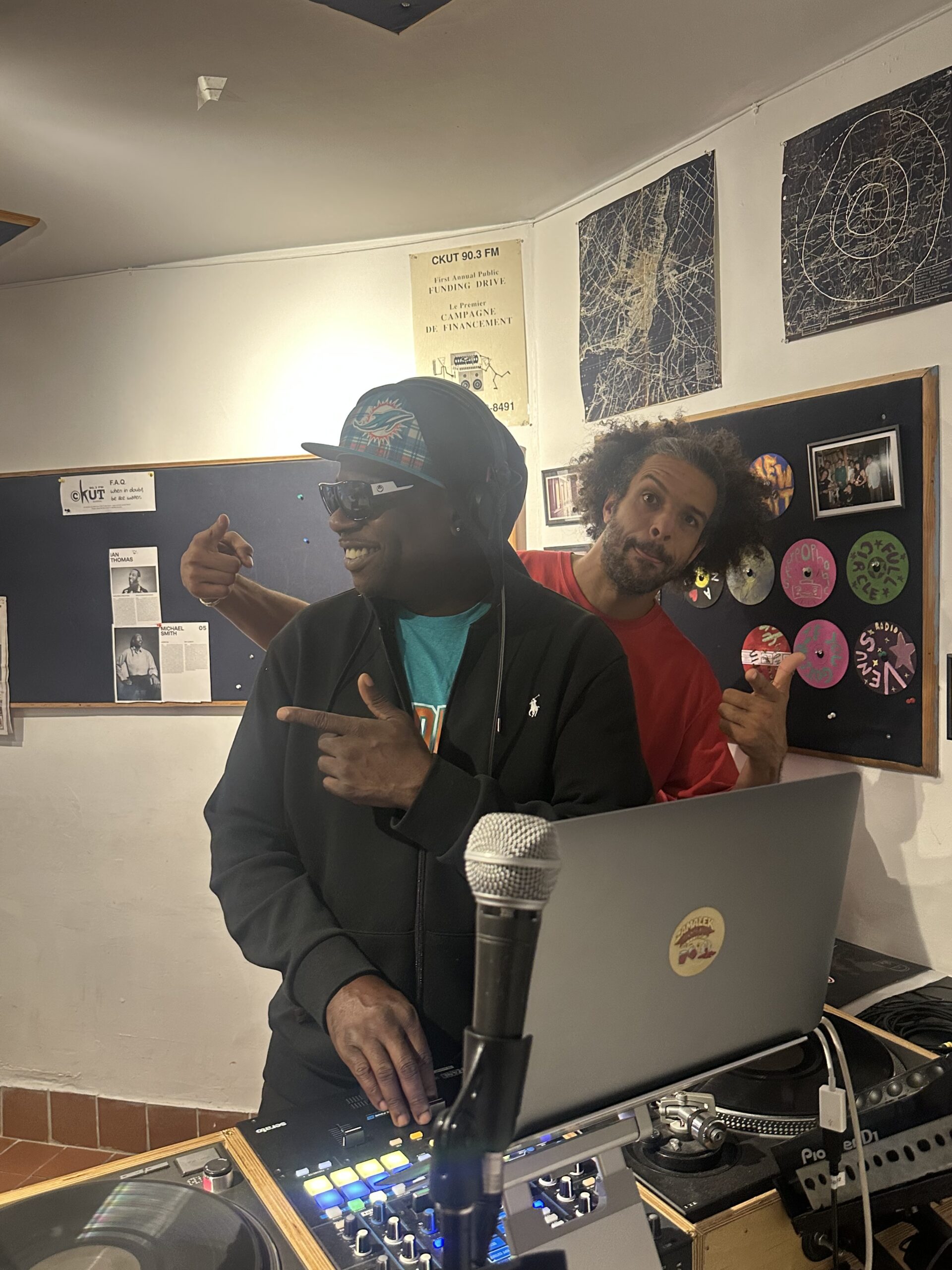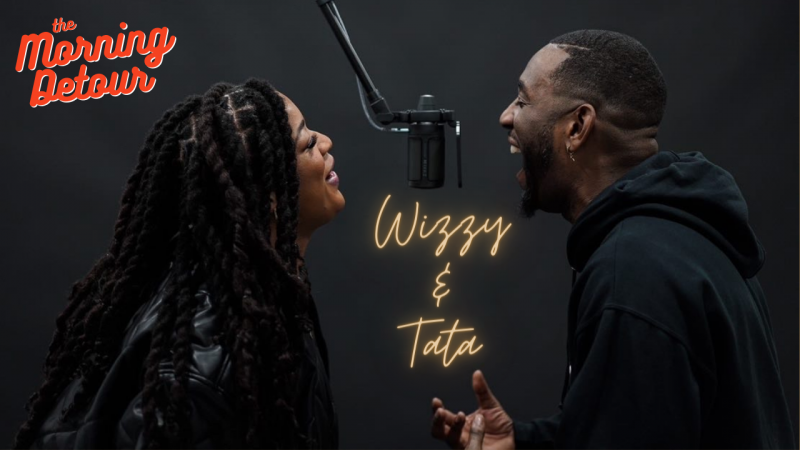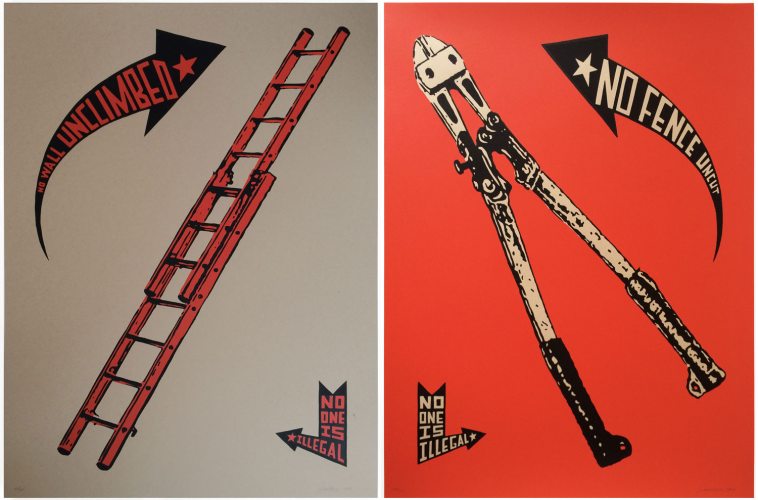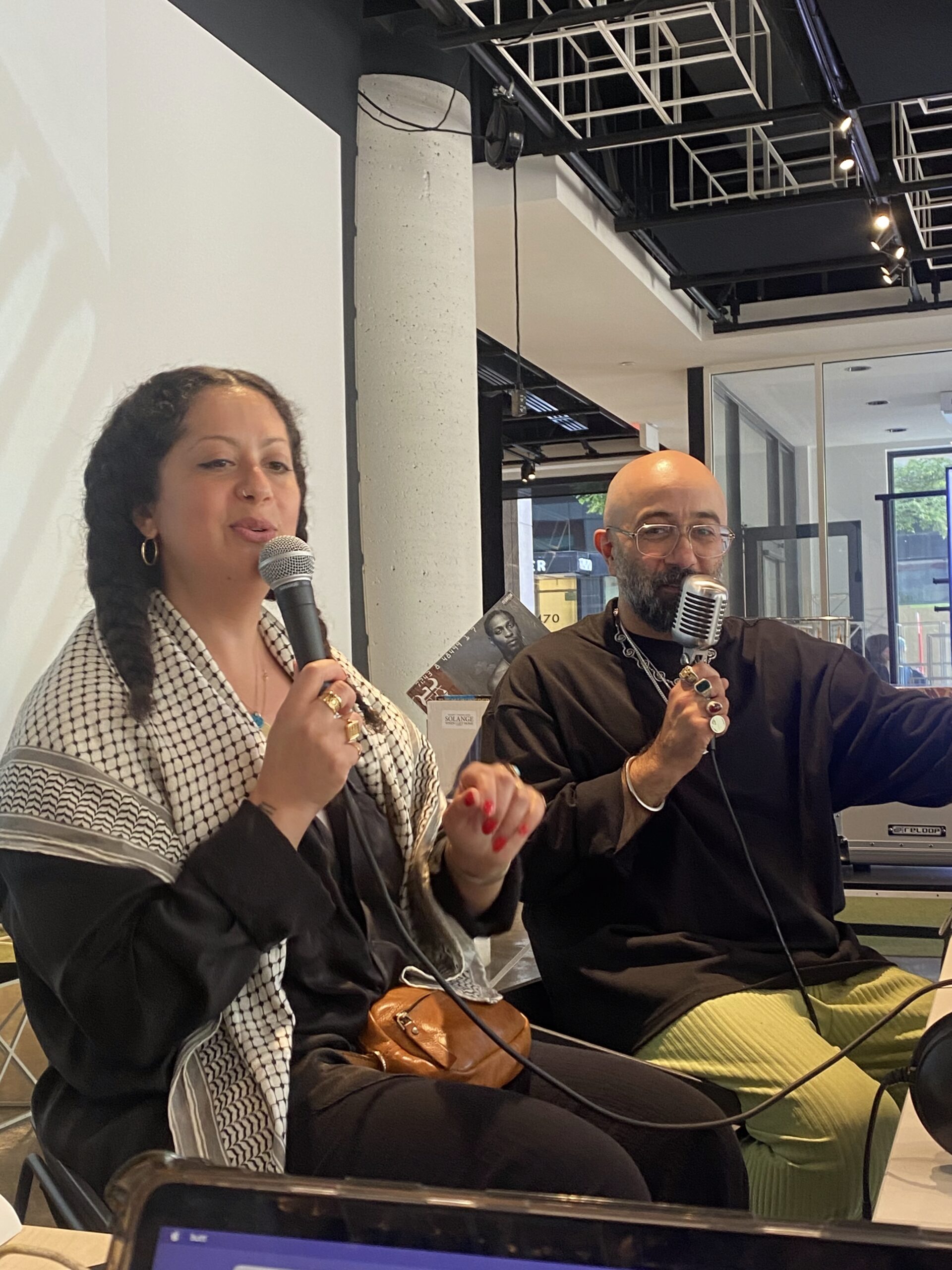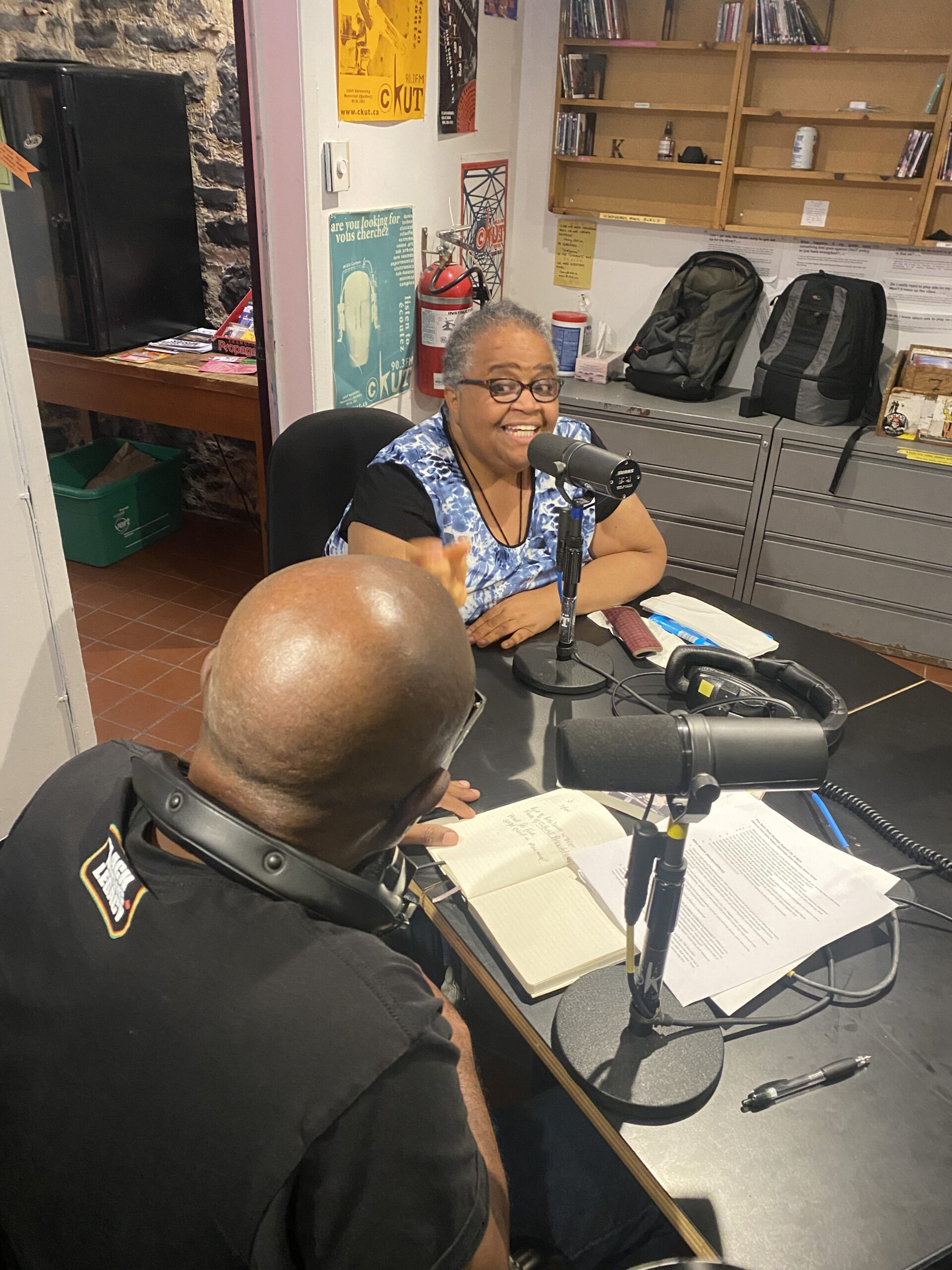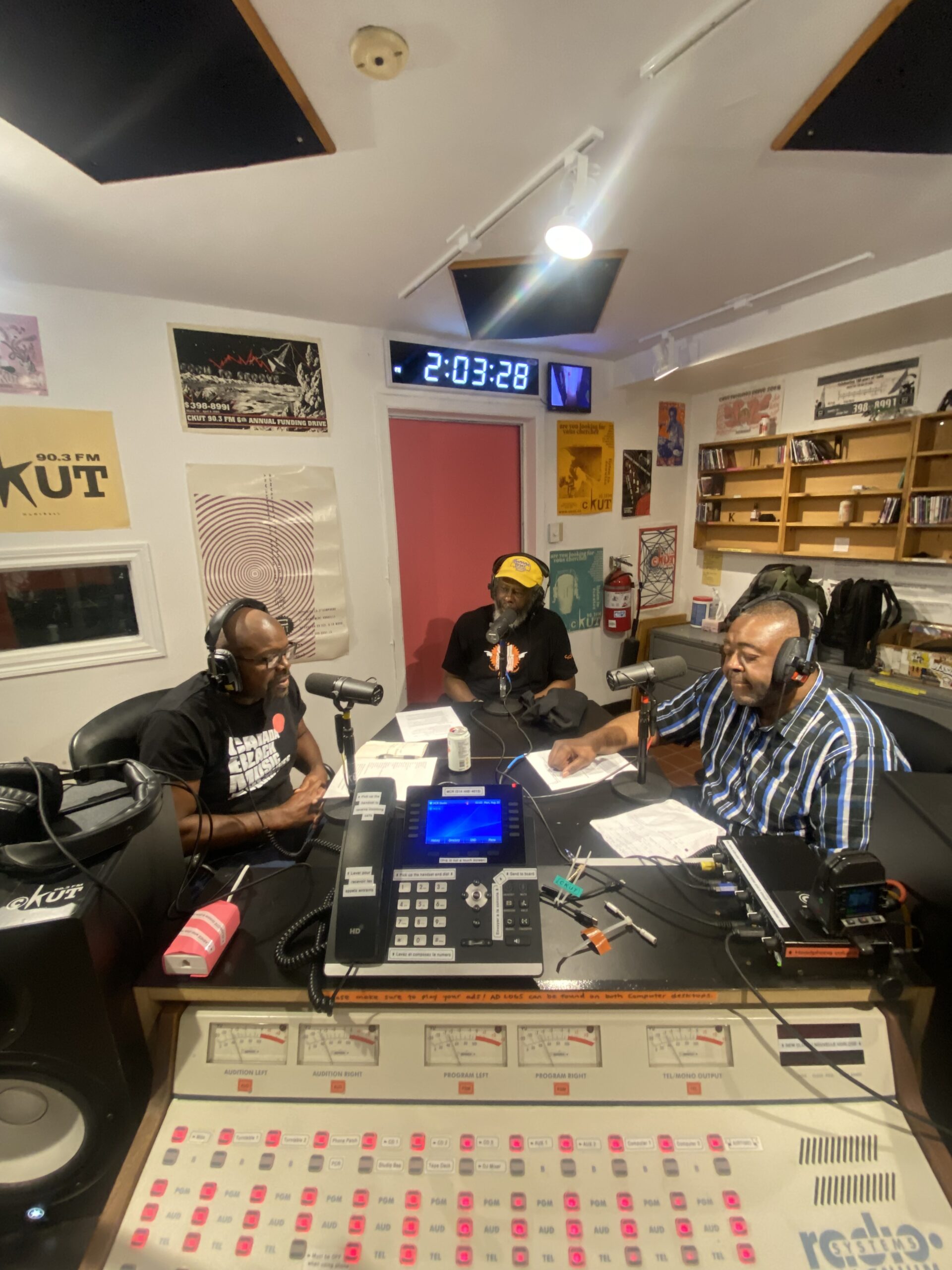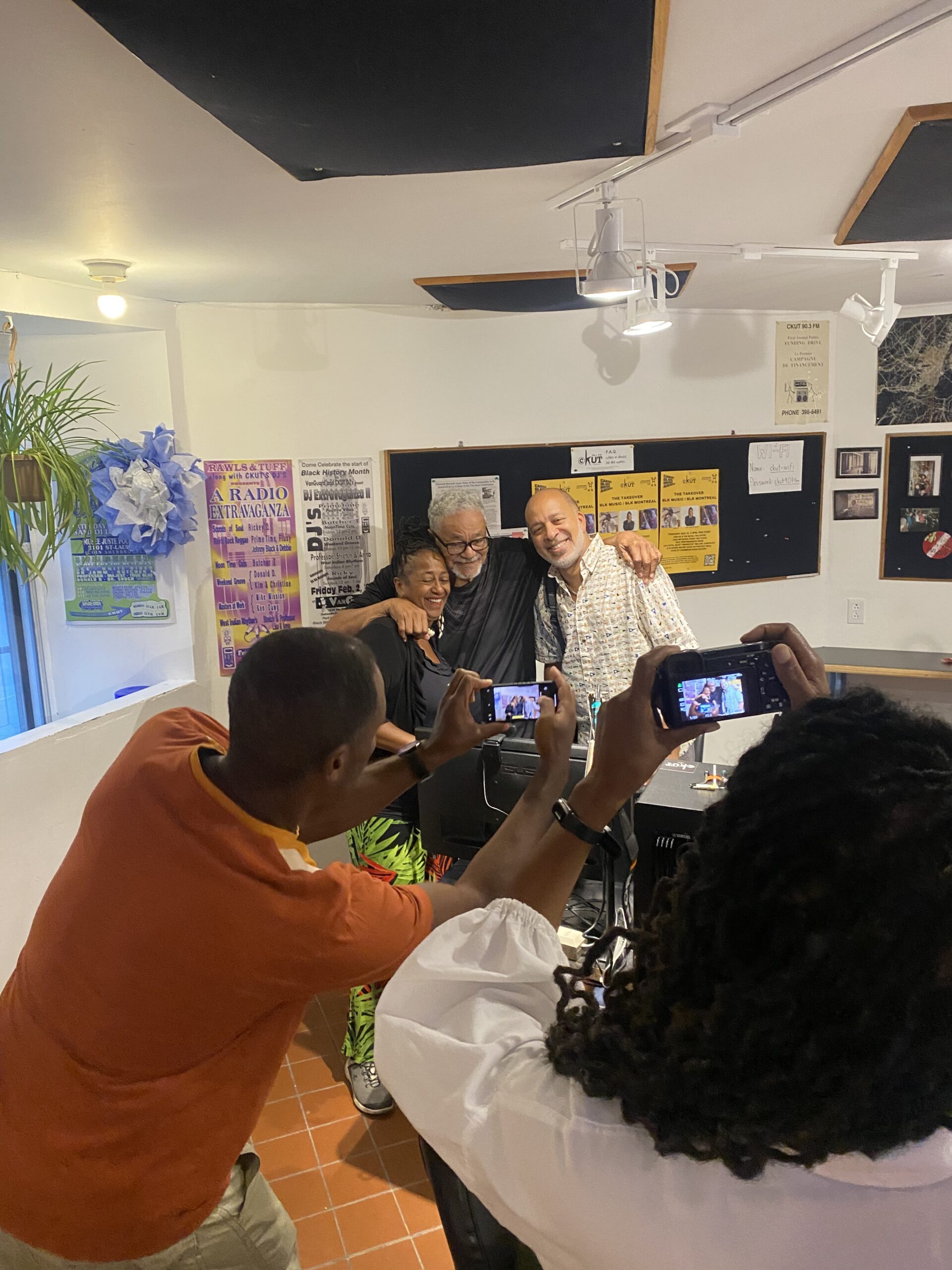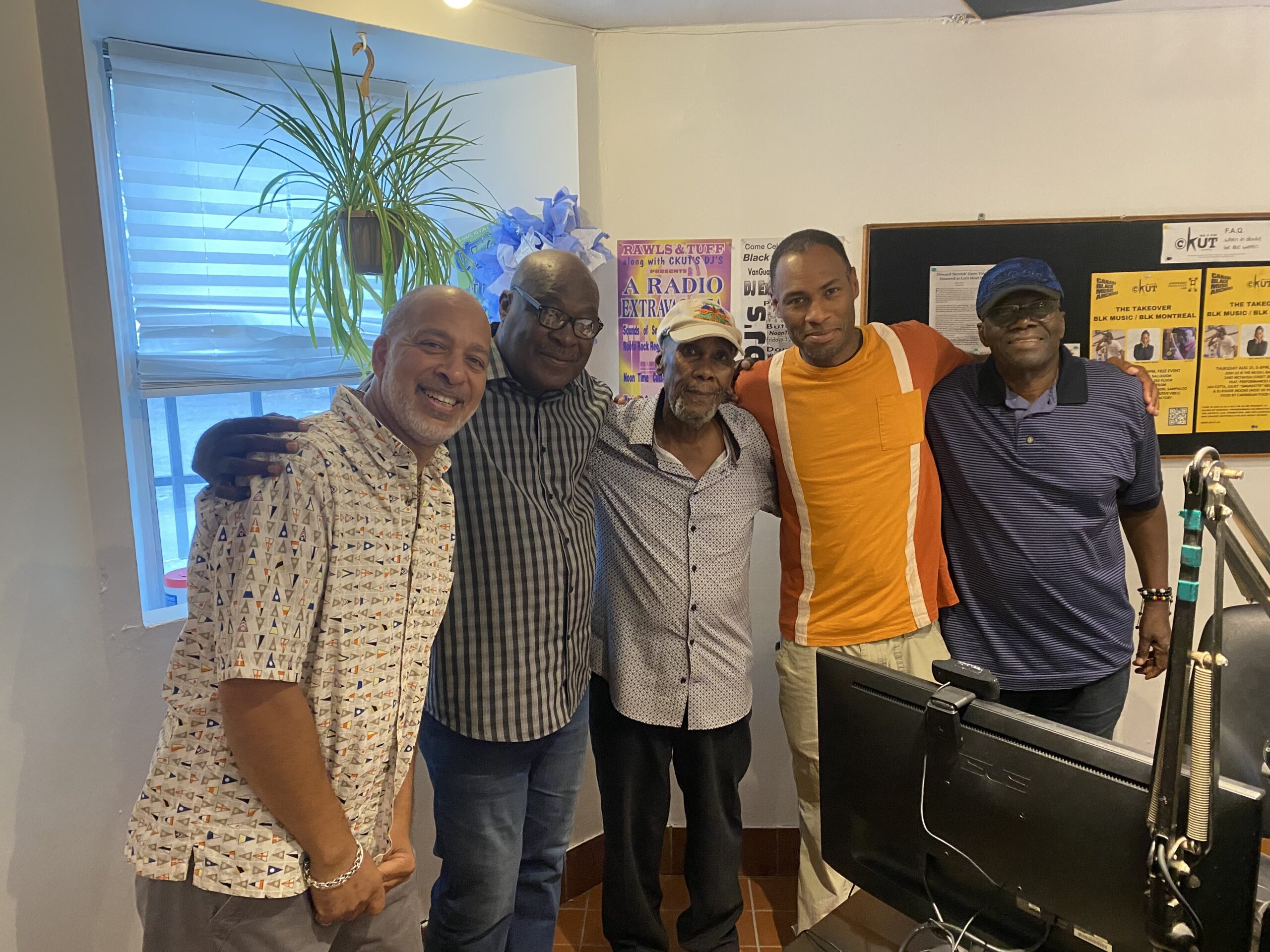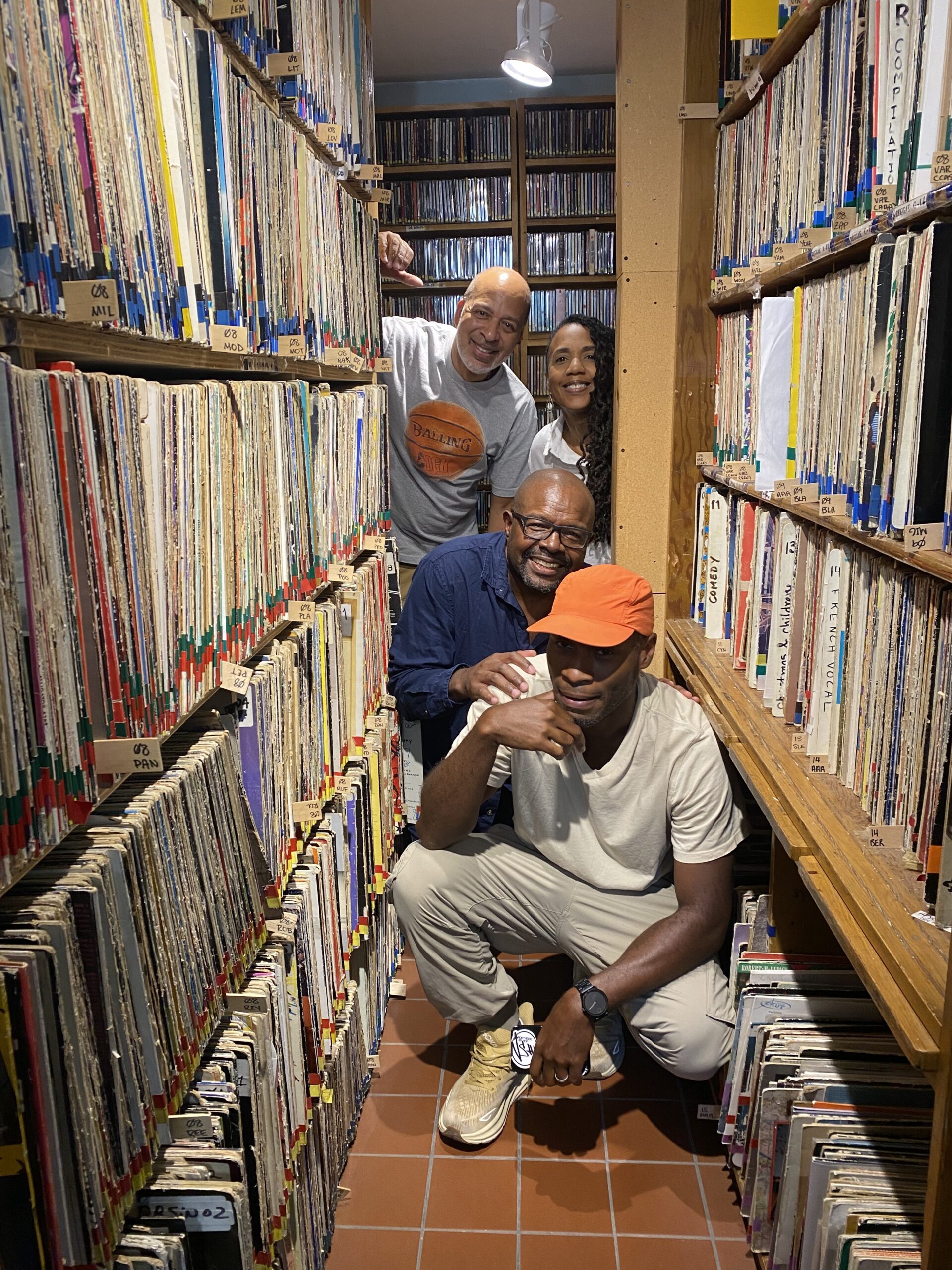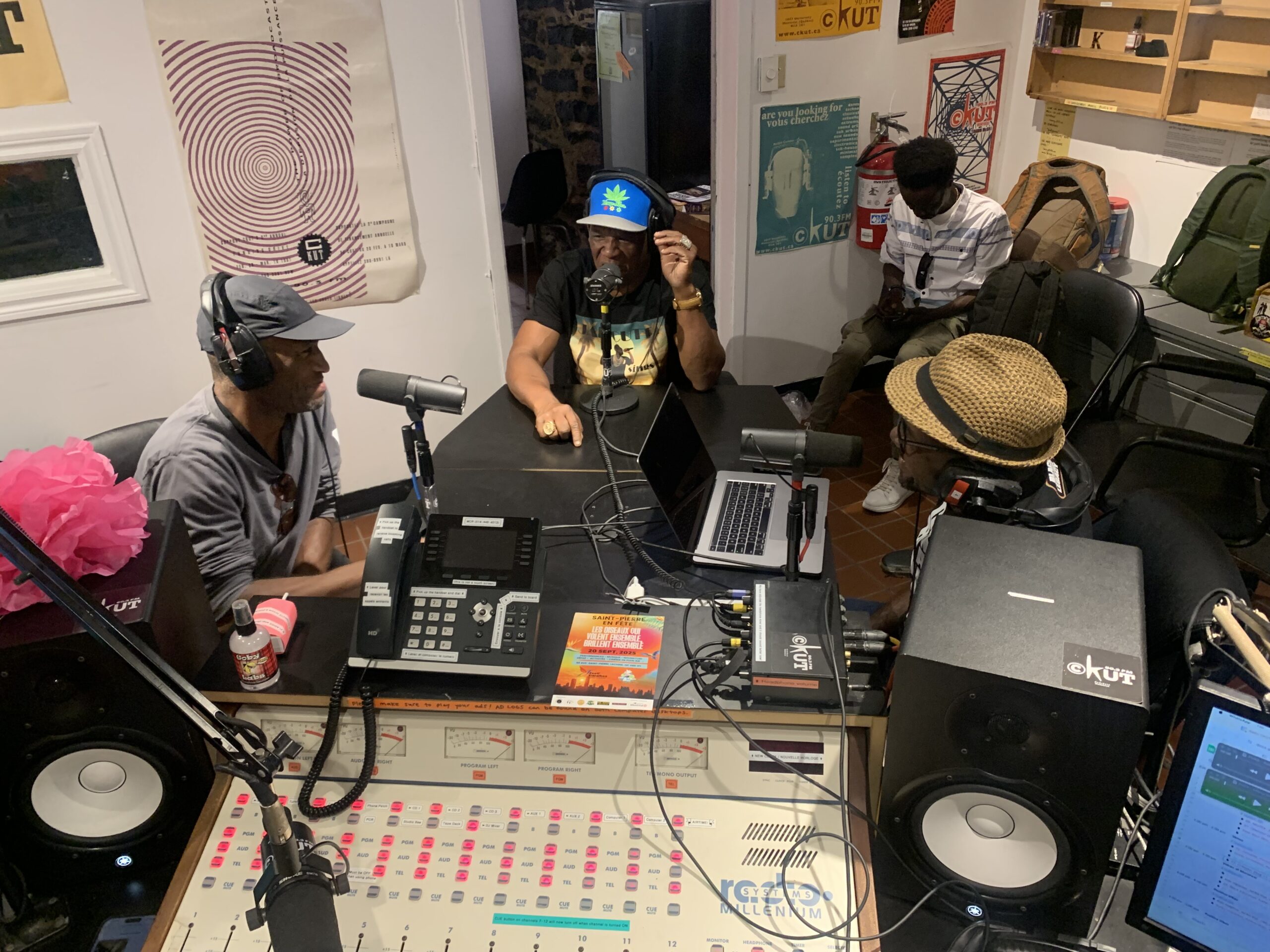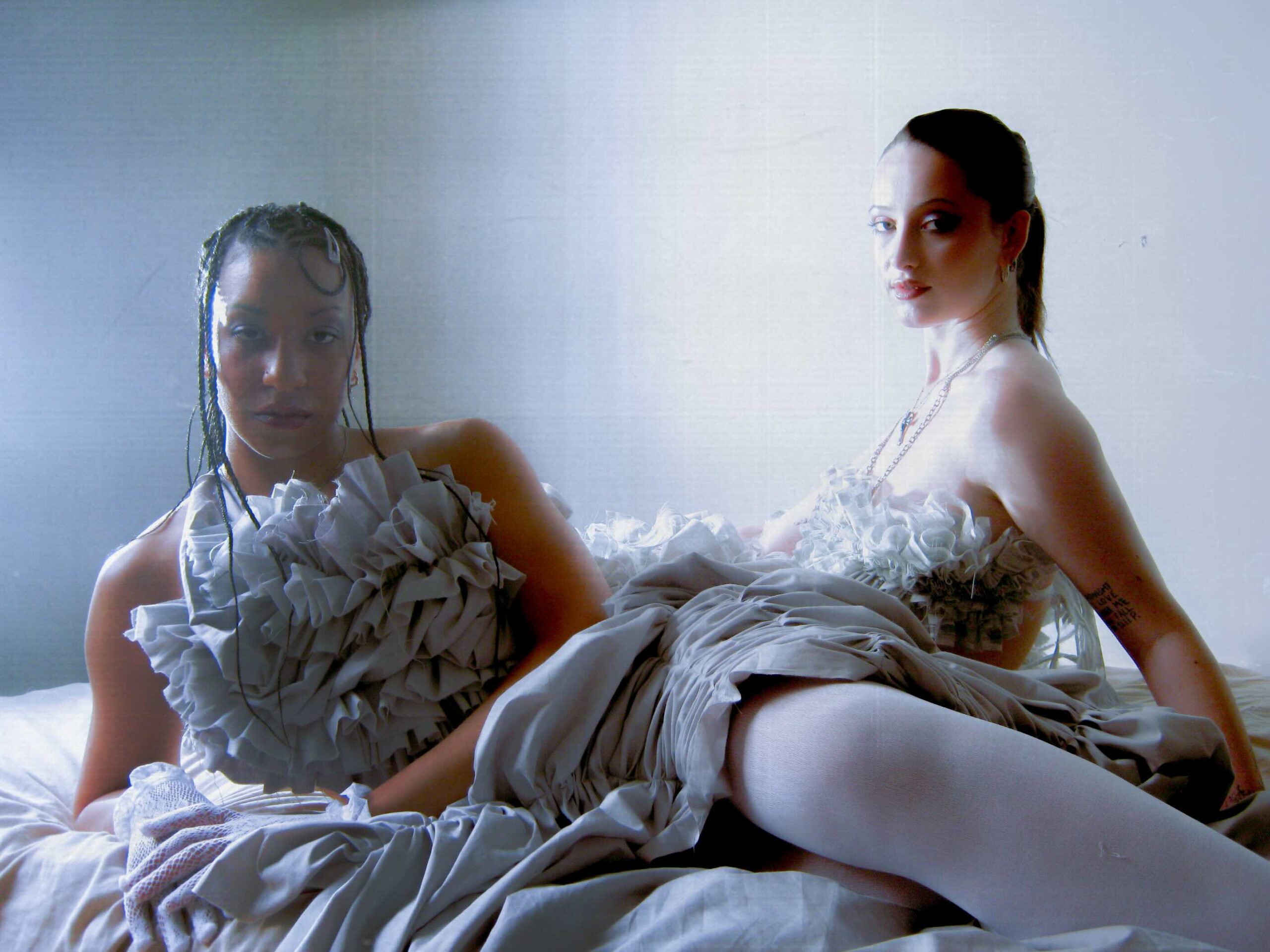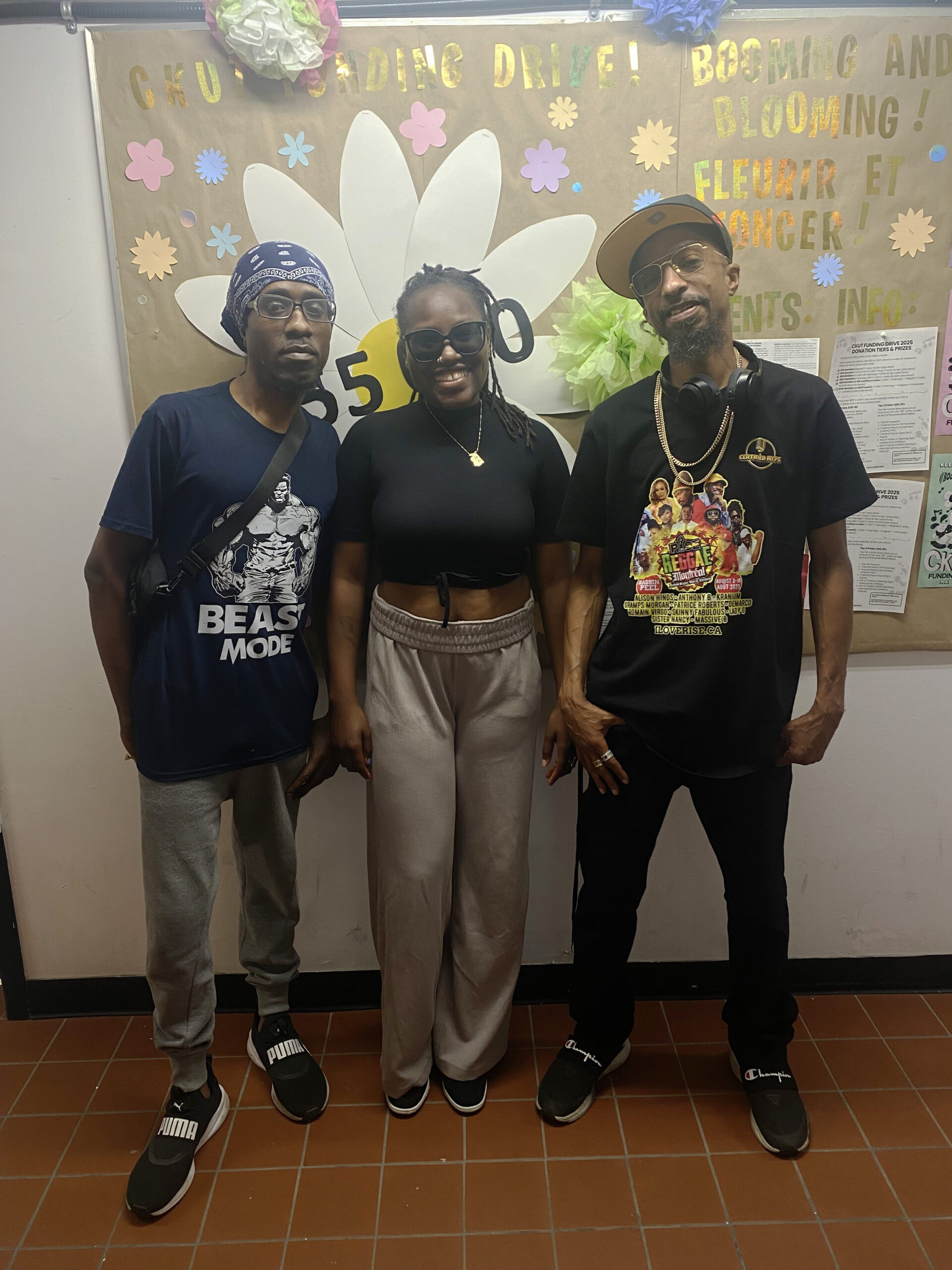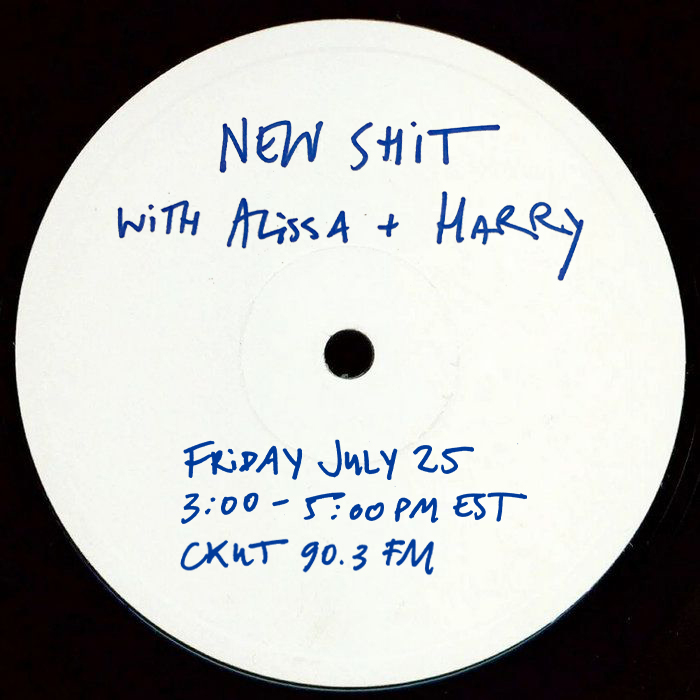Stomp Clap Huh? A Reexamination of Hipster Music and Aesthetics
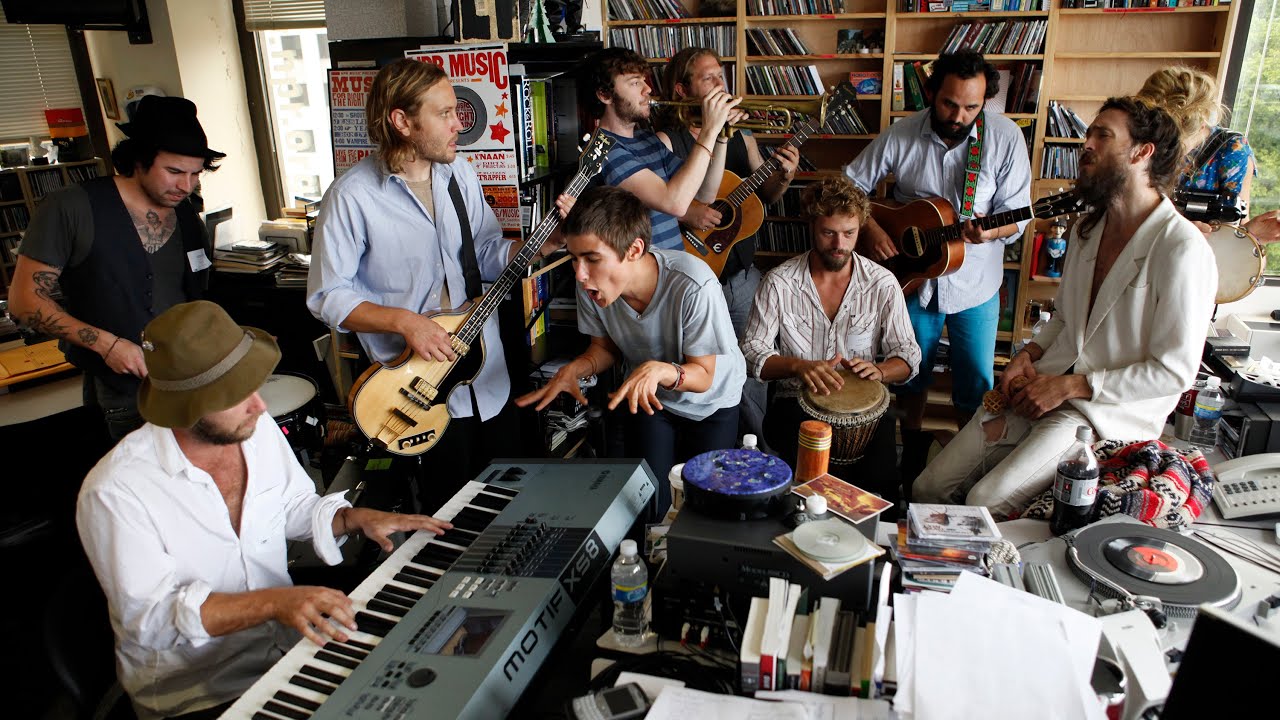
Edward Sharpe and the Magnetic Zeros, NPR Music Tiny Desk Concert
Last week, as I was scrolling through the app formerly known as Twitter, I was met with a clip from an Edward Sharpe and the Magnetic Zeros performance at NPR’s venerable Tiny Desk. It featured the band’s most recognizable song, “Home,” a duet with band leader Alex Ebert and vocalist Jade Castrinos. This wasn’t my first encounter with this particular clip, having gone viral before, but seeing it now in a time when the late aughts and early 2010s are being recast as an era of technological and political optimism, many users responded, remarking on the clip’s perceived earnestness or perceived lack of self-awareness.
The performance with the caption “Worst song ever made” was reuploaded by user @justinboldaji on X on August 4, 2025, inciting a cultural reexamination — or rather a continuing cultural reexamination — of this era of North American culture, linking the performance style of disheveledness and hipster aesthetics indicative of the period. Users were split; some in the you-just-had-to-be-there camp were happy to revisit this performance, others harped on the group’s aesthetic choice, calling the group cringe.
Returning to the Obama-era seems to be linked to the current political climate of the Trump-era cultural reshaping of music and popular trends, leaving many asking how we got to this point in popular music. With Christian worship-inspired music, coined ‘Voice audition pop’ by writer Larisa Paul, breaking through on pop charts and seeming to have no end in sight, the conservative nature of pop music appears to be in contrast to the neo-folk crossover hits. Yet, somehow, the two are related in their propensity to strip music of its political teeth.
The Stomp Clap Hey genre has been positioned as an Obama-era relic, with many of the groups associated, like Edward Sharpe and the Magnetic Zeros, being the butt of jokes about the era’s perceived lack of self-awareness. Even back in 2021, outlets like Vox were tackling the cringe of the 2010s Hamilton musical fever. Continuing in 2023 with Noah Khan’s revival of Stomp Clap Hey, relating both of these developments to a reevaluation of the political hope the Obama presidency brought to North America. All of this leading to an almost achingly strange dissonance in light of our current political environment.
Stomp Clap Hey, being tied to the hipster aesthetic of the period, seems to also mark an inflection point in how music-related subcultures have morphed into aesthetics that can be marketed to consumers. YouTuber Aesthetics Explained, in her deep dive on the figure of the hipster, points to the hypocrisy of the aesthetic, citing the mismatch of borrowings from earlier rebellious subcultures, such as the folk revival of the 60s and the grunge subculture of the 90s. In part, the criticism underlying the Tiny Desk Concert stems from the rebellious fashions of the latter half of the 20th century to create an aesthetic that was not aligned with any sort of political or activist movement and could be bought and sold, dovetailing neatly into the conservative shift of the late 2010s with Trump’s first term.
The hipster could largely be seen as a symptom of a cultural shift away from more insular musical subcultures (think early punk) to the aesthetics social media has popularized in place of more community-oriented marks of ingroup status. Now, simply engaging in the fashion and music trends — rather than being a part of a larger subculture’s community and political commitments — marks one’s involvement. The term hipster has origins in the Beat generation of the 50s, but is devoid of these deeper political entanglements, leaving them ripe for mockery. The proliferation of vintage style clothing like suspenders and thick glasses, as well as the constant barrage of mustache motifs, is all pointing towards a mere visual connection to these countercultural movements, with none of the same critiques of dominant culture.
Sonically, the hipster folk being produced in this period, following the post-Dylan commercialization of folk music, was devoid of many of the working-class inspirations of the 1960s and earlier folk scenes. Connection with the Civil Rights Movement and strong ties to working class union politics have been lost — stripped bare and mashed with any number of alternative subcultures and left as a Frankenstein’s monster of aesthetic disjunction and contradiction.
Returning to Edward Sharpe and the Magnetic Zeros, it is clear that much of the perceived “cringe factor” is solely a matter of time and distance from the culture, but many of the critics of this era of music and fashion still stand. As we see the United States drift further into fascism and Canada echoing much of these right-wing policies, I welcome a return of politically charged musical subcultures rather than purely the consumable aesthetics that have become a mainstay in social media circles. Regardless, it is safe to say that the sonic optimism of Stomp Clap Hey and hipster aesthetics will continue to be examined and critiqued for years to come.
Essay by Nelson Graves
Image from Edward Sharpe And The Magnetic Zeroes: NPR Music Tiny Desk Concert

